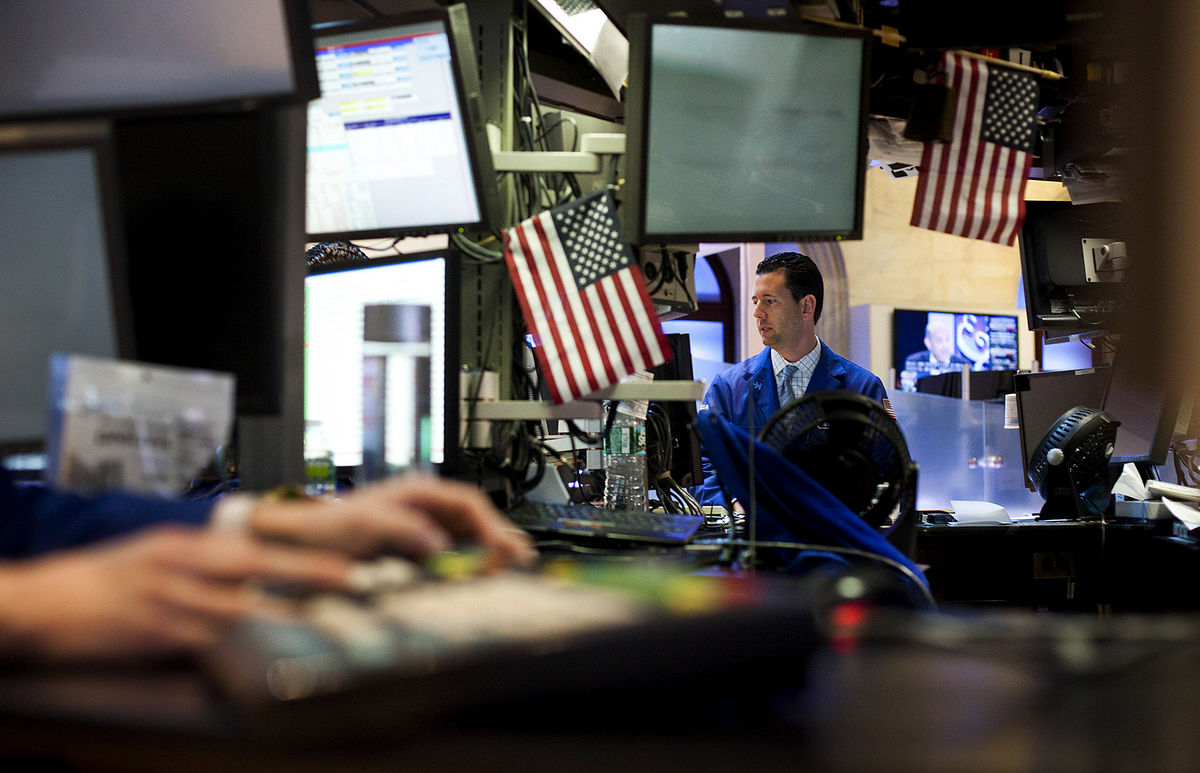Equity markets are recovering some of yesterday’s losses but anxiety and uncertainty continue to dominate after a disappointing start to earnings season.
Inflation and interest rate concerns are going nowhere soon and with traders now increasingly considering the possibility of hikes larger than 25 basis points, the possibility of more pain in stock markets is very real.
The idea that we could go from rock bottom rates and enormous bond-buying to rapid tapering, 50 basis point hikes, and earlier balance sheet reduction is quite alarming. We’re talking about markets that have become very accustomed to extensive support from central banks and very gentle unwinding when appropriate. This is quite a shock to the system.
And so far earnings season is not providing investors the comfort they were hoping for. Significant compensation increases and lower trading revenues hurt JP Morgan and Goldman Sachs, and higher wage demands are likely to be a common theme throughout the next few weeks which will put a dampener on the bottom line and not alleviate concerns about persistent and widespread price pressures.
UK inflation jumps again ahead of Bailey appearance
The CPI data from the UK this morning compounded inflation concerns, hitting a 30-year high and once again surpassing expectations in the process. And it’s highly unlikely we’re seeing the peak, with that potentially coming around April when the cap on energy tariffs is lifted considerably to reflect higher wholesale prices. Other aspects will also contribute to higher levels of inflation at the start of the second quarter, at which point we may have a better idea of how fast it will then decline.
Of course, the Bank of England can’t just turn a blind eye until then. The MPC may be willing to overlook transitory inflationary pressures but the rise in CPI has proven to be neither temporary nor tolerable. Instead, it’s become more widespread and the central bank is being forced to act and may do so again next month after raising interest rates for the first time since the pandemic in December. A few more hikes after that are also priced in for this year but if pressures continue to mount, traders may begin to speculate about the possibility of larger hikes, as we’ve seen starting in the US.
All of this should make Andrew Bailey’s appearance before the Treasury Select Committee later today all the more interesting. The central bank has warned of higher inflation and possible interest rate hikes for months but delayed doing so after initial hints ahead of the November meeting. Given what’s happened since, the decision looks all the more strange. Of course, it’s easy to say that with 20/20 hindsight.
Oil gathering momentum as $100 oil looks increasingly likely
Oil prices are continuing to climb on Wednesday and find themselves only a little shy of $90 a barrel. This happened as IEA confirmed that the market looks tighter than previously anticipated as a result of stronger demand, despite omicron, and the inability of OPEC+ to hit its monthly increased production targets. This imbalance has led to surging prices which will further pressure households and businesses already fighting high inflation.
What’s more, not only does the rally not appear to be losing steam, it may have even generated fresh momentum. While $90 could have triggered some profit-taking and a minor cooling of prices, this suggests they’ll see no reprieve and we could realistically see $100 oil soon.
Can gold break higher as traders speculate about more rate hikes
Gold is marginally higher again after the easing over the course of the last week. The yellow metal is continuing to struggle around $1,833 which has been a surprisingly strong level of resistance over the last six months. But support is returning after it came close to $1,800 so a break to the upside remains a strong possibility.
Given the calls for even more rate hikes this year than markets are pricing in, not to mention larger individual increases than we’ve seen for many years, perhaps we are seeing some inflation hedging from traders that don’t think central banks are doing enough to bring price pressures down.
Consolidation continues
Bitcoin appears to have gotten lost in the noise of the last few weeks. It’s not falling too hard despite risk assets getting pummelled but it’s not recovering to any great extent either. Instead, it’s floating between support at $40,000 and resistance around $45,000 and showing no signs of breaking either at this point.










